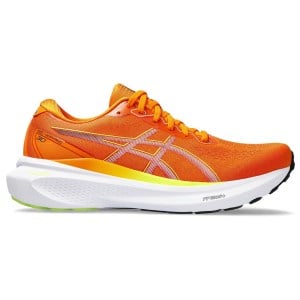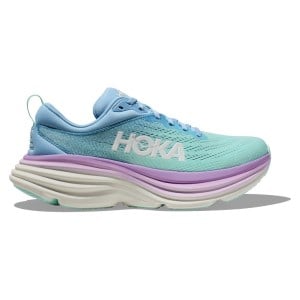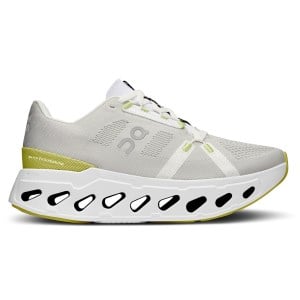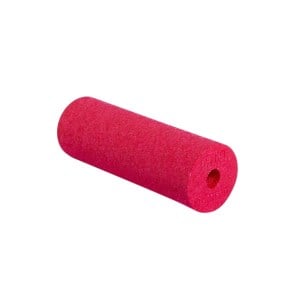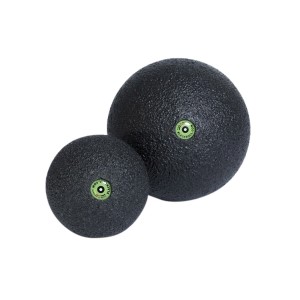Speedy Tips: How To Prevent Shin Pain When Running
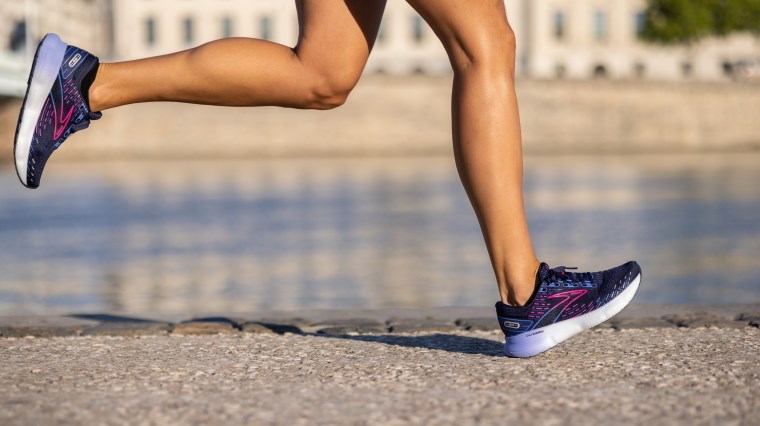
Lacing up for another exhilarating race only to be met with shin pain when running? Amidst the excitement and liberating thrill lies a nemesis many runners grapple with: the dreaded shin splints.
We’ll discuss this common pain point, arming you with knowledge and proactive approaches to keep your strides confident and pain-free. As you look into this guide, understand not just the nuances of shin pain, but the tangible steps to outpace it. Whether you’re a newbie or a marathon veteran, these speedy tips will help you run more comfortably.
Are your shins stopping you?
What is shin pain or shin splints?
Ah, the dreaded shin pain. If you’ve been hitting the pavement for any length of time, chances are you’re familiar with it.
Known commonly as shin splints, this troublesome injury often rears its head among various types of runners. Manifesting as a dull, sometimes throbbing sensation along your shinbone, it’s particularly unnerving when you feel it since even a light touch can set off discomfort.
Ultimately, the pain originates along the shinbone (tibia) and the intricate connective tissues joining your muscles to the bones. It can be deceptive in a way, as it doesn’t pop up immediately but takes its time, sometimes making an appearance only after you’ve completed your run.
What are the reasons people face shin pain?
Several culprits are behind this bothersome pain:
- A sudden change in your activity level, be it the level of effort or duration
- Intense running, especially on hilly terrain
- Upping your training days or training load
- Participating in other activities and sports with frequent halts and starts (like dancing or basketball).
However, if you’re talking about equipment, wearing the wrong footwear, particularly shoes that aren’t for running, can also cause shin pain.
Investing in the right running shoes, whether it’s women's running shoes or men's running shoes, can reduce the risk. Replacing worn-out trail running shoes when they're ready to retire can also keep you moving in comfort.
What are proactive approaches to preventing shin pain?
The good news is that with a proactive approach, you can ward off shin splints before they start wreaking havoc. So, here’s the route:
- Gradually up the kilometres you run
- Opt for softer surfaces to run on
- Engage in cross-training with other activities that involve flexibility
- Invest in the right gear, and that includes items like compression tights or running socks
By embedding these practices into your routine, you’ll be putting your best foot forward and reducing your risk of the dreaded shin splints. Keep in mind that training is also about enjoying the journey of running, pain-free.
💡KEY TAKEAWAY: Shin splints are a common pain experienced by runners, often resulting from sudden activity changes, especially on challenging terrains or with increased training intensity. Factors like stop-and-start exercises and not using the right running shoes can further aggravate it. Opt for proactive approaches like cross-training for prevention and to ensure comfortable runs.
Having the right perspective on prevention
Mindset: How your attitude can reduce the risk of injuries
When it comes to dodging injuries, especially those pesky shin splints, your mindset can play a surprisingly pivotal role. It’s about taking a mental note and proactively guarding against injuries rather than reacting post-injury.
What’s more, maintaining an upbeat and positive attitude is key to this journey. It fuels your dedication, keeping you on track even when the running path gets a bit bumpy. Remember, building strength and resilience takes time so gift yourself patience as you sprint or even walk and slowly ramp up towards your goals.
Hear your body speak: Recognising early signs of discomfort
Every seasoned runner knows the golden rule: listen to your body. If a twinge or discomfort creeps in, it’s a shout-out from your muscles and bones to take it easy. We’re much more complex than a well-oiled machine, but just like those who ignore the creeks and thuds from their car, you might just pop a tyre (or, in this case, a tendon) if you don’t pay attention.
To give yourself the best start, always remember to stretch and warm-up. These simple steps prepare your muscles, ensuring they’re limber and less susceptible to strain.
Passion and consistency: Build habits that prioritise prevention
It’s not just about lacing up and going for a slower run. Prevention is also about the little choices you make every day. For instance, you should find the right running shoes for you with solid arch and heel support, which act as protectors against shin splints.
As for terrain, aside from familiarising yourself with routes that are kinder to your feet (like grass or dirt paths), awareness is also one of your best defences. You can also train in places you’re familiar with, so there’s less risk of an accidental slip or overexertion in an inclined area.
Moreover, maintaining an optimal weight keeps undue stress off your legs. Additionally, if you’re really focused on having a comfortable run, think about having other committed runners around you evaluate your running style. This can pinpoint areas of improvement, drastically reducing injury chances.
💡KEY TAKEAWAY: By embodying a preventive mindset, tuning into your body’s signals, and consistently making informed choices, you’re setting yourself up for a shin-splint-free running experience. Remember, prevention is always easier than recovery, and every choice matters towards your goal of more injury-free kilometres.
Recovery and post-run practices
Cool-down routines to minimise muscle strain
There’s no doubt that running has positive benefits on your mental health, but what you do post-run is just as crucial. Neglecting this phase can counteract all the hard work you’ve put into your training.
After an intense run, abruptly stopping can be a shock to your system. Instead, opt for a slow jog or walk for a few minutes. This helps ease your heart rate down and prevents any sudden pooling of blood in the legs.
You can also incorporate tools such as foam rollers or massage balls into your slow jog or walk. They not only relieve muscle tension but also promote optimal blood circulation, setting the stage for efficient recovery.
The role of proper hydration and nutrition
We’ve all heard it – hydration is vital. However, for runners, it’s more than a mantra. Making sure you’re well-hydrated before, during and after your run is non-negotiable. It aids muscle function, cools the body and replaces fluids lost through sweat.
When it comes to refuelling post-run, think balanced. Aim for a meal or snack rich in carbohydrates and protein around thirty minutes after your run. This helps replenish those exhausted glycogen stores and gives your muscles the nutrients they need to repair and strengthen.
Proper post-run care doesn’t take much time, but its benefits are immense. Embracing these practices ensures you get the most out of your running journey, paving the way for better performance and reduced injury risks.
💡KEY TAKEAWAY: Post-run care is paramount for every runner. A mindful cool-down phase prevents shock to your system, and tools like foam rollers further enhance muscle recovery. Staying hydrated is vital to replacing lost fluids and aiding muscle function. Lastly, refuelling with a balanced meal post-run ensures your muscles are nourished and ready for your next run.
At Sportitude, we’re committed to improving the fulfilling journey associated with running. Whether it’s walking, sprinting, trekking or running, we’re the go-to destination where excellence meets passion. Here, every runner, beginner or seasoned, is geared for greatness.

